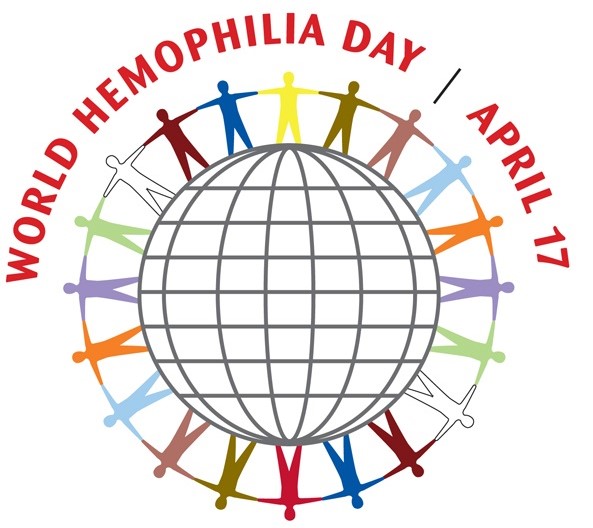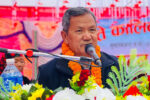KATHMANDU: World Hemophilia Day has been observed on Wednesday.
On the occasion, Bir Hospital organized a program to mark the Day.
On the occasion, doctors said mainly male suffer from hemophilia.
It is rare genetic bleeding disorder. Consultant Hematologist at Bir Hospital, Dr Niraj Kumar Singh, said the disease is mainly seen in males as it is the disease affecting hemophilia X chromosome.
Saying female may also suffer from this disease sometimes, he shared that they would only be the carrier; a child born from hemophilia carrier female would also develop hemophilia.
According to National Census 2978, there are 4,937 hemophilia patients.
Of them, only 865 are in regular treatment, according to Chairperson of Hemophilia Society Nepal, Mukund Ghimire.
Dr Singh shared that hemophilia patients are out of the access to treatment as clotting factor used in the treatment of hemophilia is not available in Nepal and it is very expensive.
Stating that it would cost from Rs 30,000-Rs 35,000 for treatment once bleeding occurs, he mentioned that such patient should be treated daily or twice in a week.
“A patient in countries with low economic condition like Nepal could not offer clotting factor. The lowest cost of per unit clotting factor is Rs 25. Around 1,000-1,500 unit of clotting factors should be administered to a hemophilia patient in a single time if bleeding occurs”, he explained.
He laid emphasis that the government has to make a special policy and bring them to treatment identifying them.
Hemophilia is an inherited rare bleeding disorder, occurring predominantly in males, in which blood does not clot normally because the body does not produce sufficient blood clotting factors.
The condition is genetically inherited.
Similarly, In-charge of Hematology Care Unit of Bir Hospital, Suman Gupta, shared that there is less chance of recovery if a hemophilia patient gets injury and starts bleeding.
Dr Singh further said there was no long-term treatment of hemophilia. Doctors said blood clotting protein should be given to such patient as a treatment.
RSS









Comment